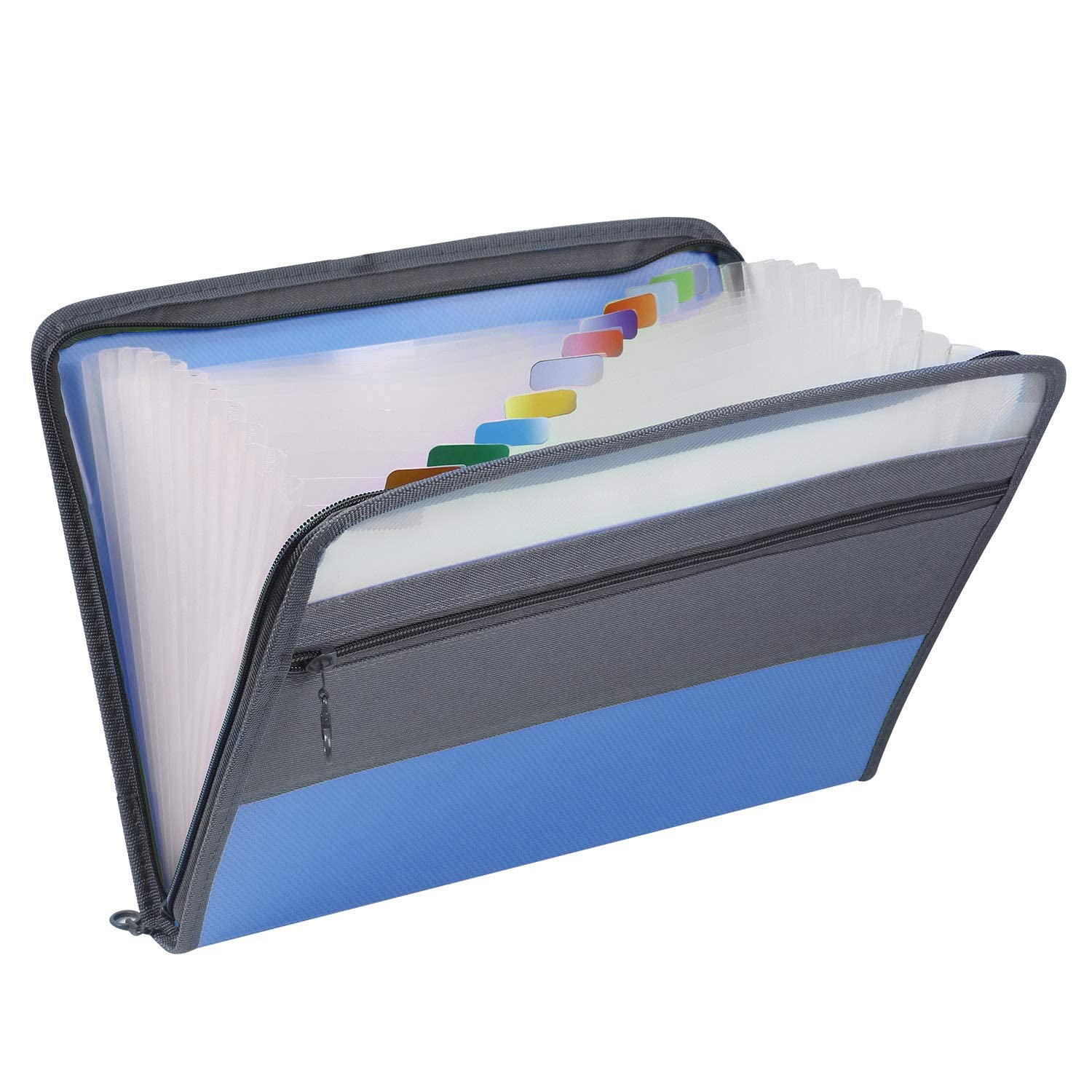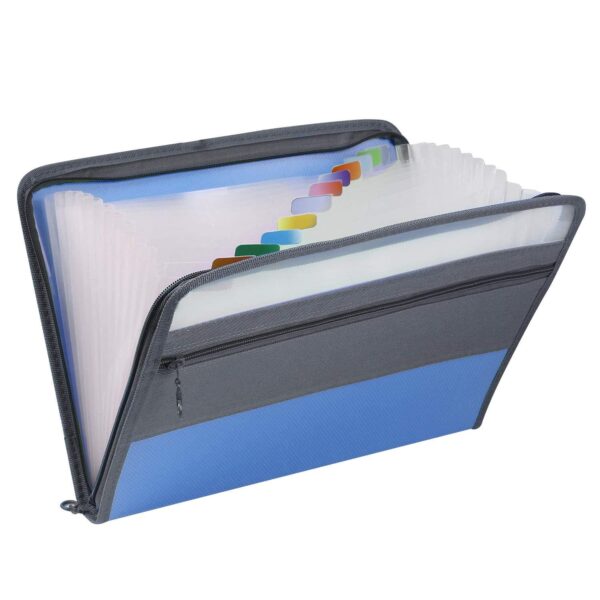Description
Problem Statement
We have a message m = (w1, w2, . . . . , wn), where (w1, w2, . . . . , wn) is a set of unique words contained in the message. We need to find
Class (Spam/ Ham) Mail Content
spam FreeMsg Hey there darling it’s been 3 week’s now and no word back! I’d like some fun you up for it still? Tb ok! XxX std chgs to send, å£1.50 to rcv
ham Even my brother is not like to speak with me. They treat me like aids patent.
ham As per your request ‘Melle Melle (Oru
Minnaminunginte Nurungu Vettam)’ has been set as your callertune for all Callers. Press *9 to copy your friends Callertune
If we assume that occurrence of a word is independent of all other words, we can simplify the above expression to
In order to classify we have to determine which is greater
Sample of the dataset to be used:
spam WINNER!! As a valued network customer you have been selected to receivea å£900 prize reward! To claim call 09061701461. Claim code KL341. Valid 12 hours only.
spam Had your mobile 11 months or more? U R entitled to Update to the latest colour mobiles with camera for Free! Call The Mobile Update Co FREE on 08002986030
Steps to be included:
1. Preprocess the data.
a) Remove repeated entries if exists
b) Remove punctuation
c) Remove not relevant special characters
d) Obtain a list of clean text words
2. Split train and test dataset
3. Create the model (convert strings to integer counts, obtain frequency of the words and create the model using Naïve Bayes formula).
4. Test the model.
5. Create a confusion matrix on your prediction for test dataset.
6. Make analysis report for your model and results.




Reviews
There are no reviews yet.